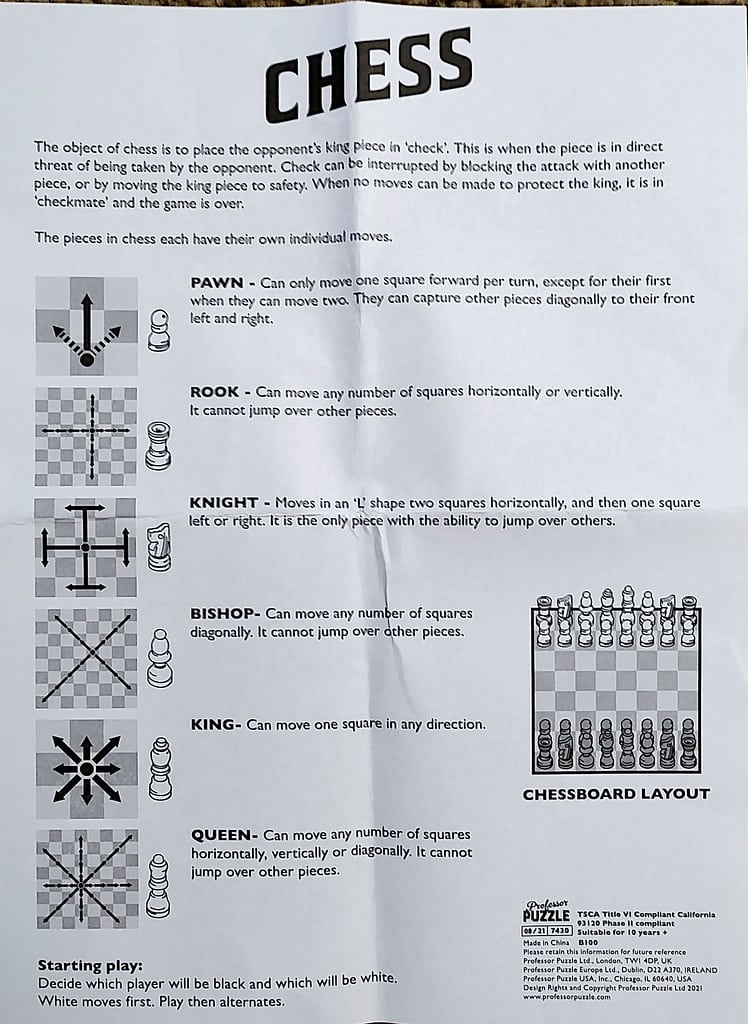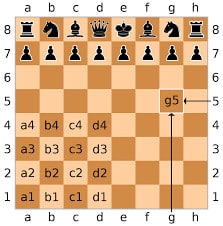Chess board numbers – mastering the art of counting.
Chess is one of the oldest and most complex board games. It requires a great deal of strategy and players must be able to think several moves ahead. One of the most important skills a chess player can develop is the ability to quickly and accurately count chess board numbers.
Table of Contents
Chess board numbers
Here are some tips to help you get started with chess board numbers:
- Start with basic squares – For beginners, it’s best to start by counting the number of squares on the board. This will help you develop an understanding of the basic structure of the board.
- Learn the standard numbering system – Once you have a basic understanding of how the board works, you can begin to learn the standard numbering system used to identify squares. This will help you move pieces around the board in a more efficient way.
- Practice counting – As you become more familiar with the board and the numbering system, practice counting different combinations of squares. This will help you develop the skills needed to maneuver your pieces quickly and accurately.
With a little practice, you can become a master at counting chess board numbers and make more strategic moves. Keep these tips in mind and you’ll be well on your way to becoming a chess master.

Chess board numbers are a way of indicating the position of a piece on a chess board. The numbers range from 1 to 64, arranged in 8 rows and 8 columns. The board is numbered from left to right, starting from the top left with 1 and ending with 64 at the bottom right. The columns are numbered from 1 (on the left side) to 8 (on the right side). The rows are numbered from 1 (at the top) to 8 (at the bottom). Numbers on the board are used to easily identify pieces and their moves. Players use the numbers to denote squares and designate moves.
How are chess boards numbered?
Chess boards numbers are numbered from left to right, starting from the bottom-left corner and moving upwards. The horizontal rows of squares are labeled 1 to 8, and the vertical columns of squares are labeled a to h. The bottom-left square is a1 and the top-right square is h8.
The chess board numbers system of a chess board is an important tool for both beginners and experienced players. It helps players keep track of the squares and pieces on the board, as well as aiding in the notation of moves. Knowing how the chess board is numbered will also help the player to be able to read and write down moves accurately, as well as improve their understanding of the game.
By understanding the chess board numbers numbering system, players can easily and accurately communicate their moves. This is especially important when playing games over the internet, as the notation helps the opponent to quickly and accurately understand the move being made.
The following is an example of the numbering system used on a chess board:
- a1 – Bottom left square
- b2 – Second square in the second column from the left
- c3 – Third square in the third column from the left
- h8 – Top right square

What does Nf6 mean in chess?
Nf6 is a chess move that stands for Knight to f6. It is used to protect the king and create a stronger defense. It can also be used offensively to pave the way for future moves. It is important for a player to understand the advantages and disadvantages of using Nf6 to make an informed decision.
The advantages of using Nf6 include:
- It can open up lines for a stronger attack
- It can stop an opponent's pawn from advancing
- It can force the opponent to move a piece
The disadvantages of using Nf6 include:
- It may block a Bishop's attack
- It can limit the movement of other pieces
- It can leave the king exposed
In order to make the best decision, a player should understand the advantages and disadvantages of the Nf6 move. It is important to consider the position of the pieces on the board and think ahead to determine the best move. The Nf6 move can be a great addition to a chess player's repertoire.
What does +7 mean in chess?
+7 in chess is a notation used to refer to a move or set of moves that are seven plys ahead of the current position. A ply is a half-move, which means it is either one move by white or one move by black. +7 is used to indicate the depth of analysis when using a chess engine or chess computer to analyze a position.
The notation is used to describe the depth of analysis by a computer. For example, +7 would mean that the engine searched seven plies deep. This is useful for analyzing complicated positions and evaluating variations.
In addition, the notation can be used to indicate the difference between a human's analysis and a computer's analysis. For instance, if a human analyzed a position to +3, and a computer analyzed it to +7, it would indicate that the computer analyzed the position four plies deeper than the human.
Finally, +7 can be used as a general indicator of a position's complexity. Generally, positions that require deeper analysis are more complex and require more time to analyze.
What does K4 mean in chess?
K4 is the notation used to describe a particular move in the game of chess. The K stands for the King, and the 4 indicates the row and column of the square where the King is moving. The K4 notation is used to describe the King's movement from one square to another.
In chess, when a move is written out in algebraic notation, the K4 notation is used to represent the King's move. The notation appears at the beginning of the move and is followed by the destination square. For example, K4e5 would mean that the King moved from K4 to e5.
When a King moves, it can move to any of the eight squares surrounding it. The K4 notation is used to indicate the exact square the King moves to. It is important to remember that the King can move only one square at a time.
When a King is in check, the K4 notation can be used to represent the move the King must make to get out of check. This move is known as the King's escape move. The K4 notation is also used to represent a move that will put an opponent's King in check.
K4 notation is also used to record the game of chess in a game notation. This notation is used to review and analyze a game after it is completed. It is also used to record important games and for instructional purposes.
Conclusion of Chess board numbers:
Chess board numbers in HTML format are a great way to keep track of each piece's position on the board. There are numerous ways to format and display the numbers, such as using images, text, or lists.
It is important to ensure that the chosen method clearly displays the numbers, as they are essential when playing the game. Furthermore, the chosen method should be visually appealing and accessible, so that everyone can enjoy the game.
If you liked this post about Chess board numbers you should read Chess Bishop.






